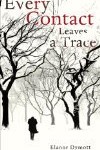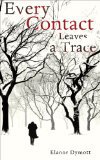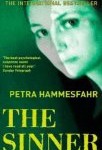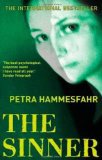Five words from the blurb: American, family, murdered, crime, killers
In Cold Blood is a modern classic. I’d heard so many positive comments about this true crime book that I was convinced I’d fall in love with it. Unfortunately, although I can see why it played an important role in the development of the genre, I’m afraid it didn’t bowl me over.
In 1959 an American family were brutally murdered in their home. In Cold Blood describes what happened by explaining the movements of both the victims and their killers.
I’d been warned about the powerful nature of this book and so ensured that I only read it during daylight hours, but I was surprised by how little emotional impact this book had on me. The actual murder was described only briefly and never through the eyes of the victims. I was relieved that I didn’t have to witness their fear, but a part of me wished that there were more details of the murder from the perpetrator’s point of view. It might have helped me to understand how it is possible to murder an entire family and whether they had doubts and fears about being caught. Although the motivation for the murder was eventually revealed I wished that we’d learnt more about what caused them to begin their criminal career.
The book was very well written and engaging throughout, but the fact the reader knows everything from the beginning means that there is no mystery or intrigue to move the narrative forward.
The journalistic nature of the writing style meant the reader remained detached from events. I longed to get inside the heads of the people, instead of just witnessing their actions.
Next they were interested in rope. Perry studied the stock, tested it. Having once served in the Merchant Marine, he understood rope and was clever with knots. He chose a white nylon cord, as strong as wire and not much thicker. They discussed how many yards of it they required. The question irritated Dick, for it was part of a greater quandary, and he could not, despite the alleged perfection of his over-all design, be certain of the answer.
I think my main problem is that I’ve read so many similar books. If I’d read this when it was originally published then I’m sure I’d have been impressed by creation of this new genre, but the fact that this book’s successful formula has spawned hundreds of replicas means that it doesn’t have the same impact now. This simple investigation of an individual crime, whilst shocking in its nature, failed to teach me anything new. I wanted some insight into the criminal mind or some thought-provoking questions to be raised. The sad fact is that this crime is quite ordinary nowadays. I’m not shocked by it and the tame nature of the descriptions means that I am likely to forget about it quite quickly.
It seems unfair to penalise the original book because people have copied its style so successfully, but it also seems wrong to rave about a book that is no longer the best of its genre. As a compromise I’ll give it four stars. It is a classic.

.
I know a lot of people love this book. Can you explain why it is so special?












